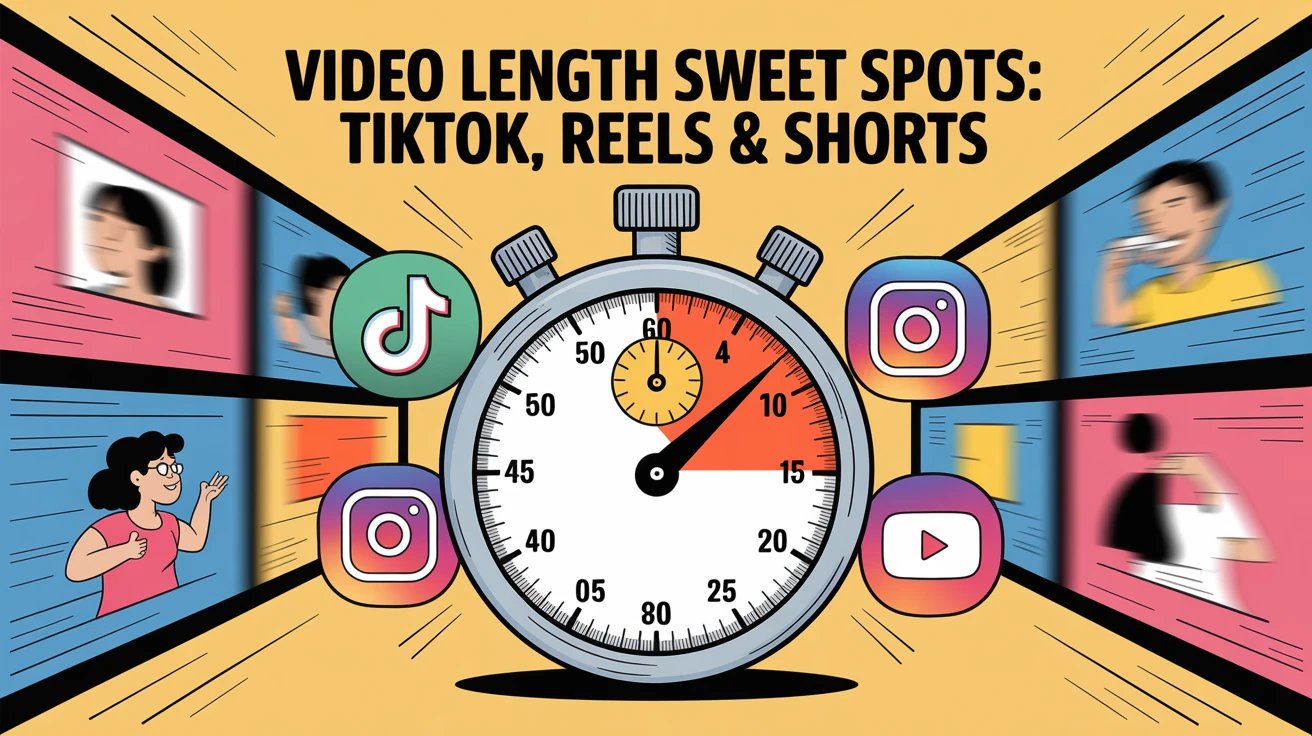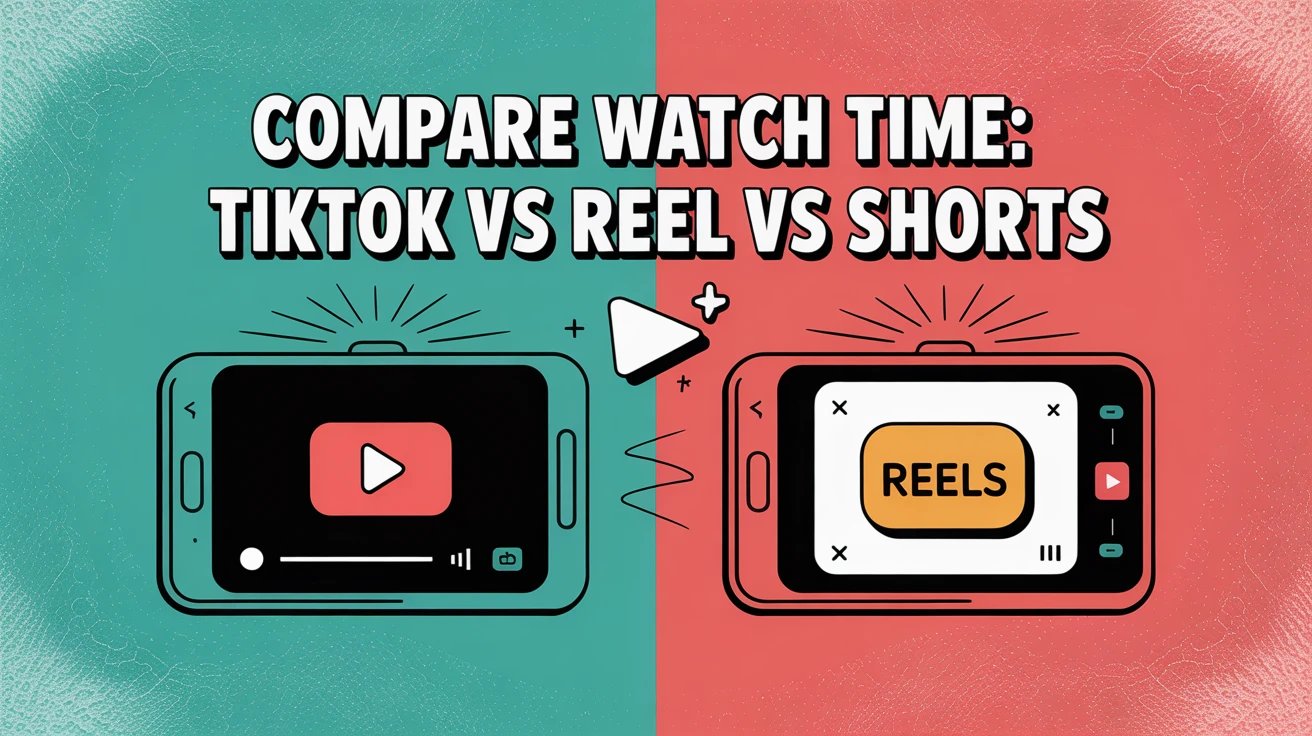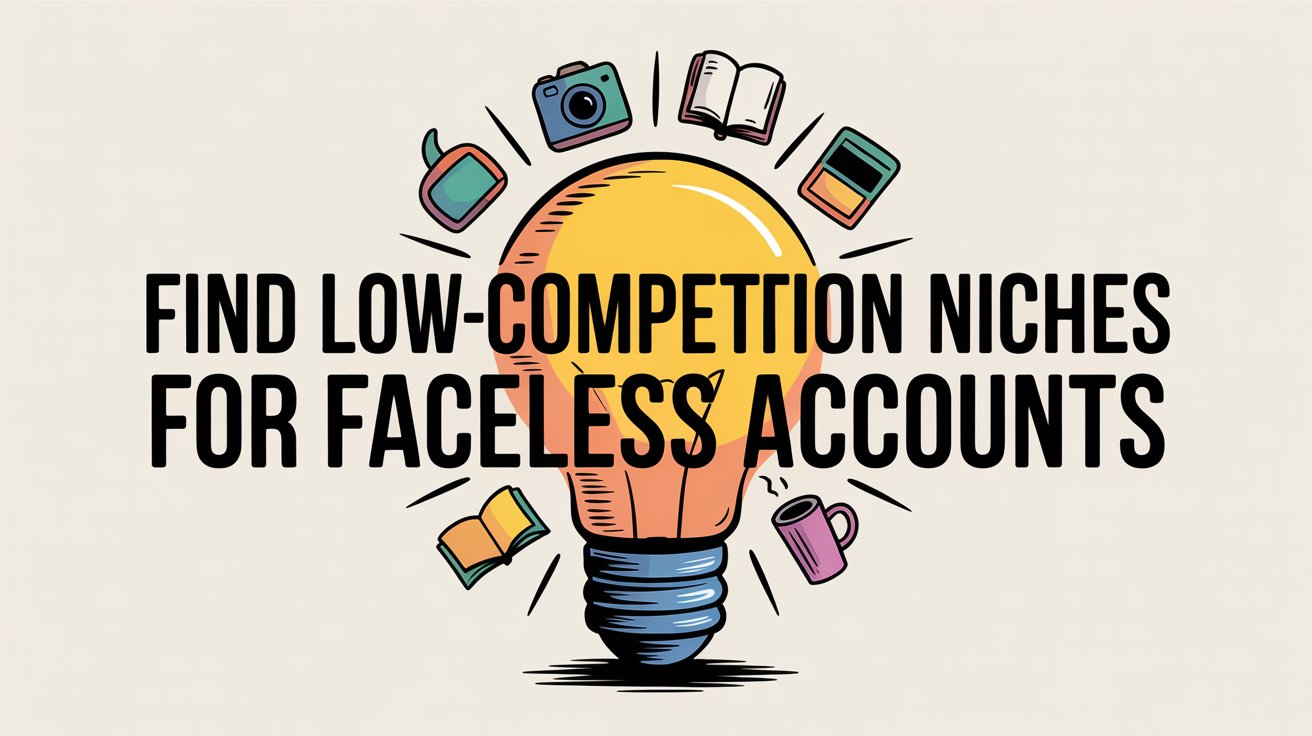When you think about influencers, it’s easy to picture beauty gurus, fashion icons, or lifestyle content creators with millions of followers. However, the world of influencer marketing is far more diverse than these well-trodden categories. Brands in less-saturated niches, such as gardening, tech tutorials, DIY crafts, or even niche sports, can discover untapped potential by tracking specialized influencers and engaging with micro-communities.
By refining your influencer tracking strategy to focus on these underrated fields, you open up a world of opportunities for authentic partnerships, audience engagement, and long-term brand loyalty. Let’s dive into how and why brands should explore these niches.
The Power of Niche Influencers
Authenticity and Expertise
Niche influencers often have a deep connection with their audiences. Unlike general lifestyle influencers who appeal to a broad base, these creators are experts in their fields. For example:
- A gardening influencer shares practical, hands-on tips for growing sustainable crops or ornamental plants.
- A tech tutorial creator simplifies complex gadgets or software for tech enthusiasts.
This expertise makes their recommendations more credible, fostering trust among their followers, which is absolutely critical for successful marketing campaigns.
Targeted Audiences
In less-saturated niches, the followers are often highly engaged and deeply invested in the content. A gardening enthusiast following a plant-care influencer is far more likely to act on a recommendation for a new organic fertilizer than a casual follower of a general lifestyle account.
For brands, this means fewer but higher-quality leads, ensuring a better return on investment (ROI) from campaigns.
Underrated Fields to Explore
1. Gardening
Gardening influencers are growing rapidly in popularity as more people embrace sustainable living, urban farming, and eco-conscious lifestyles.
- Potential for brands: Organic soil, eco-friendly tools, DIY planting kits, and gardening apps.
- Micro-community focus: Beginners seeking easy-to-grow plants, apartment dwellers looking for vertical gardening tips, or eco-activists promoting biodiversity.
2. Tech Tutorials
Tech creators who specialize in tutorials often serve a highly engaged, problem-solving audience. Whether it’s a YouTuber simplifying coding for beginners or someone demonstrating the best laptop for video editing, their content solves real-world problems.
- Potential for brands: Software companies, gadget retailers, and online courses.
- Micro-community focus: Students, freelancers, or professionals seeking productivity tools.
3. DIY Crafts and Hobbies
From woodworking to knitting, influencers in this field cater to creative individuals who love hands-on projects.
- Potential for brands: Craft kits, tools, subscription boxes, and online crafting communities.
- Micro-community focus: Hobbyists looking for detailed instructions, unique materials, or project inspiration.
4. Niche Sports
While mainstream sports like football or basketball dominate influencer campaigns, niche sports like rock climbing, archery, or parkour are gaining traction.
- Potential for brands: Specialized gear, safety equipment, and outdoor adventure tools.
- Micro-community focus: Outdoor enthusiasts and adventure sports lovers.
5. Book and Academic Communities
Book reviewers, literary influencers, and educators are often overlooked in the influencer tracking space. However, their audiences are highly focused and trust their opinions.
- Potential for brands: E-book platforms, stationery, and academic tools.
- Micro-community focus: Students, writers, and avid readers.
Learn how to tap into unique niches through faceless digital marketing.
How to Track Influencers in These Niches
Leverage Social Media Monitoring Tools
Platforms like Instagram, YouTube, and TikTok are goldmines for niche influencers. Social media monitoring tools can help brands identify influencers in specific niches by tracking:
Relevant hashtags (#UrbanGardening, #DIYWoodworking, #CodingTips).
Audience engagement metrics (comments, shares, and direct responses).
Content frequency and quality (e.g., regular, well-researched posts).
Focus on Micro-Influencers
Micro-influencers (those with 1,000–100,000 followers) are often the best fit for less-saturated fields. Their smaller but highly engaged audiences make them perfect partners for brands targeting niche markets.
Analyze Data Beyond Vanity Metrics
When evaluating influencers, go beyond follower counts. Look at:
Engagement rates: High engagement indicates an active and interested audience.
Audience demographics: Ensure the influencer’s followers align with your target market.
Content relevance: The influencer’s expertise and focus area should align with your brand’s values and products.
Benefits of Exploring Underrated Niches
Untapped Market Potential
While beauty and fashion influencers face intense competition, the audiences in niche fields are often underserved. By venturing into these spaces, brands can position themselves as pioneers and gain a first-mover advantage.
Cost-Effective Campaigns
Partnering with niche influencers is usually more affordable than collaborating with mainstream creators. This allows smaller brands or those with tight marketing budgets to achieve meaningful results.
Building Long-Term Relationships
Niche influencers are often more accessible and open to forming long-term collaborations. These partnerships can help build your brand’s credibility within the community over time.
Real-World Example
Case Study: Sunday – Lawn Care Brand’s Niche Success
Brand: Sunday, a lawn care company offering eco-friendly, customized products.
Challenge: Competing with larger brands on a limited budget in the saturated lawn care market.
Strategy:
- Partnered with micro-influencers and gardening enthusiasts.
- Promoted user-generated content showcasing real results.
- Focused on authenticity and eco-conscious messaging.
Results:
- Increased brand awareness through relatable, niche-focused influencer content.
- Boosted sales by resonating with a highly engaged audience.
Takeaway: Sunday’s success shows that niche influencer marketing can deliver significant ROI by connecting authentically with micro-communities.
Final Thoughts
Influencer tracking in less-saturated niches is a game-changer for brands seeking authenticity, targeted engagement, and cost-effective campaigns. From gardening to tech tutorials, these underrated fields offer an abundance of untapped potential.
By exploring niche influencers and micro-communities, you’re not just advertising—you’re building meaningful connections with audiences that truly resonate with your brand. So, the next time you plan an influencer campaign, think beyond beauty and fashion. The opportunities are endless.


